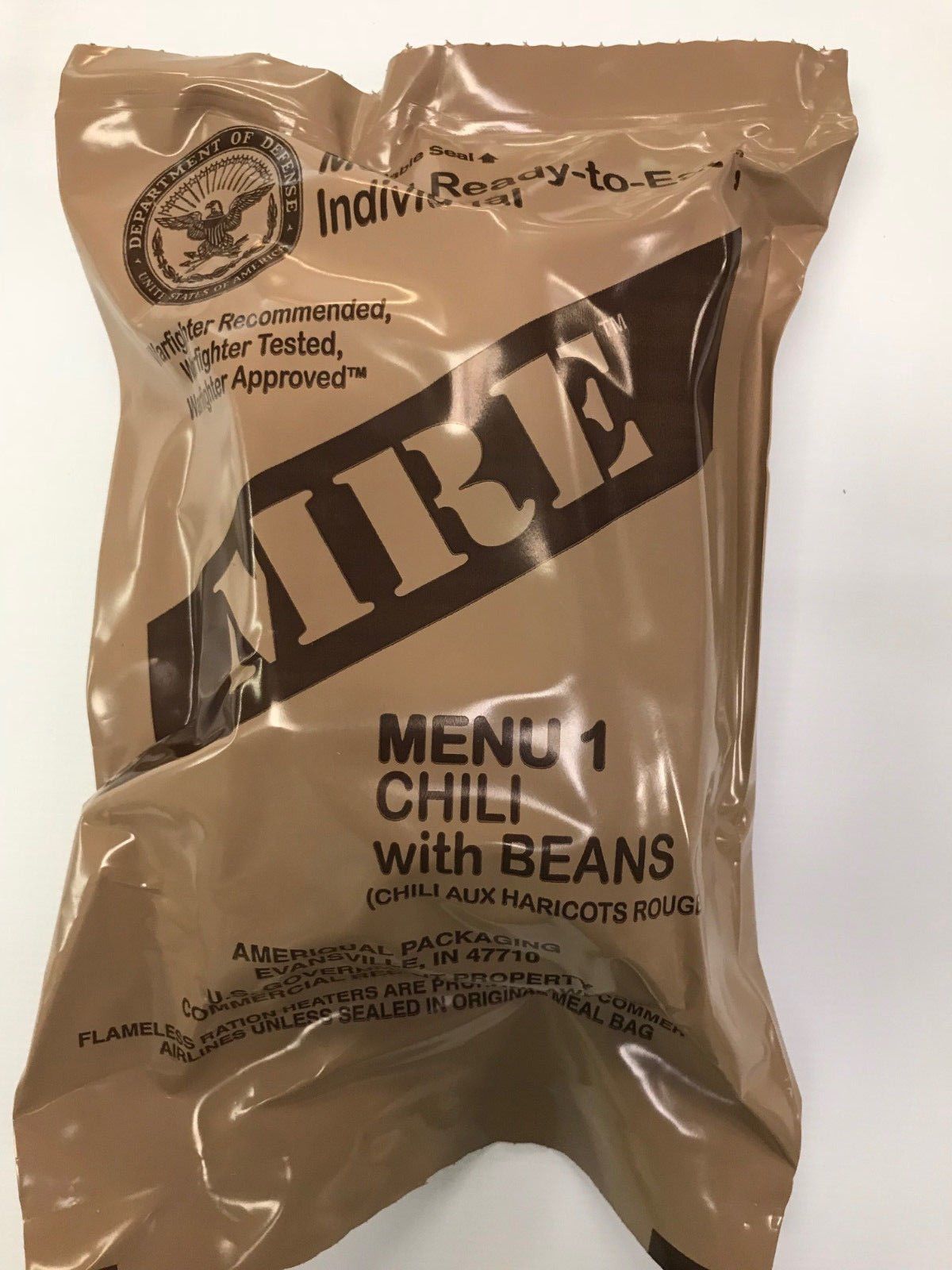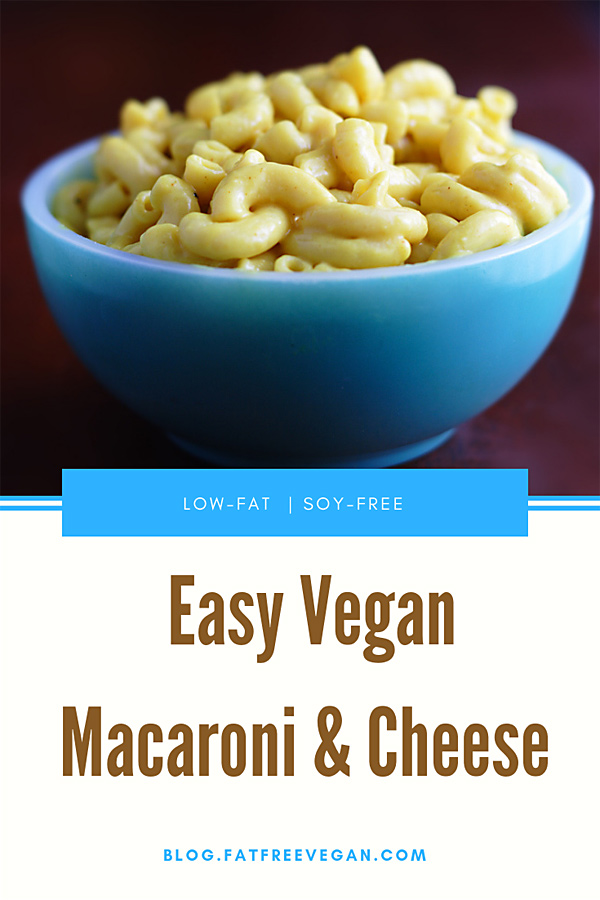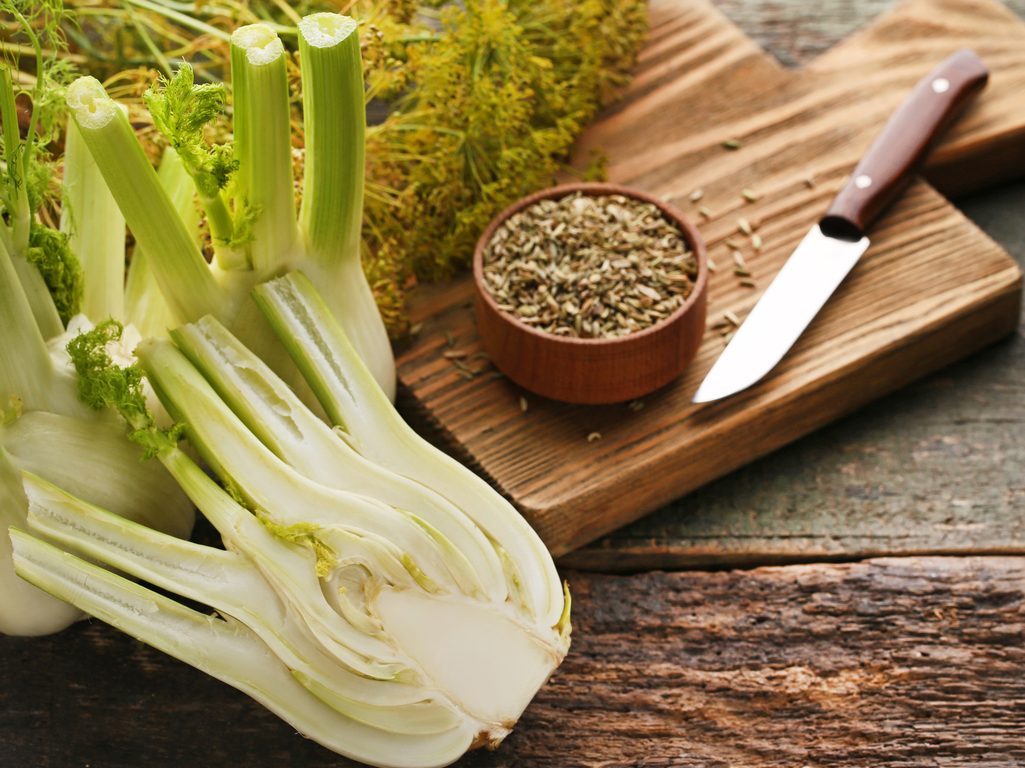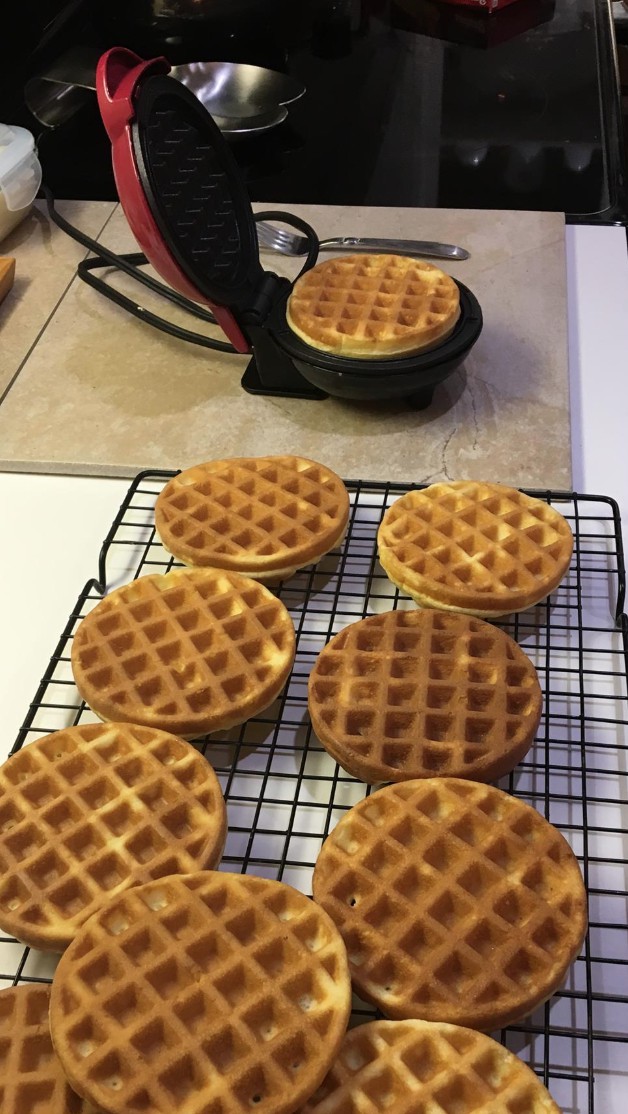Thanks for leaving a comment! They really mean a lot to me!!Remember you can follow me on Instagram at Instagram.com/Plantifulkiki for more food a. What is vegan mac and cheese made of? You might be wondering how you can make mac and cheese without milk or cheese. Well, the base of this vegan mac and cheese sauce is made from cauliflower and sweet potato, then comes a combination of nutritional yeast, garlic powder, onion powder, smoked paprika, a tiny smidge of mustard and vinegar, plus some white miso paste. Jan 19, 2015 You need to give this fat free vegan mac and cheese a try, even if you don’t like cauliflower because you can’t notice its flavor. I also use this cheese to make other recipes or even like a dip. It’s the better cheese you can eat if you’re on a diet because is fat-free.
- Fat Free Cauliflower Mac And Cheese
- Light Mac And Cheese Recipe
- Super Creamy And Cheesy Mac And Cheese
Whether it's on pizza, you dust your pasta with it, or you simply love to slap it on a cracker, cheese just makes everything better. But if you're losing weight, you're probably already wary of your cheese intake. Because many kinds of cheese are high in fat, especially saturated fats, they are calorie-dense foods—which may not do your weight loss goals any favors. That being said, by simply replacing cheese with low-fat cheese, you don't have to make as big of a sacrifice as cutting the dairy product out of your diet entirely.
Browse the cheese aisle, and there are a plethora of reduced-fat (and non-fat) cheese options. But some cheeses are also naturally lower in fat.
We asked two dietitian nutritionists for their thoughts on low-fat cheeses, and rounded up 10 low-fat cheeses you can feel good about eating.
What is low-fat cheese, and what are the benefits of low-fat cheese?

'The fat in cheese is saturated fat – a type of fat known to raise our cholesterol levels,' says Sammi Haber Brondo, MS, RD, CDN, registered dietitian nutritionist, and author of The Essential Vegetable Cookbook. 'Limiting this type of fat and replacing it with healthy, unsaturated sources of fat (like avocado, olive oil, nuts and seeds) can be a really healthy swap. Low-fat cheeses remove a lot of the saturated fat that's naturally in them.'
However, the less fat, the less flavor.
'The caveat though: that fat is usually replaced with some kind of binder to make the texture of the cheese still work,' says Haber Brondo. 'While the binder is usually totally safe and no big deal, these cheeses also might not taste as good.'
Why do people buy low-fat cheese?

Fat Free Cauliflower Mac And Cheese
'Low-fat cheese allows people to modify their diet for better health but still enjoy delicious flavor and a favorite food,' says Isabel Maples, MEd, RDN, registered dietitian nutritionist and spokesperson for the Academy of Nutrition and Dietetics.
'Cheese is loved by itself, paired with other foods or in recipes. People might choose low-fat cheeses to lower their intake of fat, boost their intake of protein, or simply to cut calories.'
Can eating low-fat cheese help you lose weight?
Of course, eating low-fat cheese alone won't help you lose weight.
'Definitely, cheese can help one lose weight—but theoretically, any food can,' says Maples. 'We tend to think of foods as 'healthy' or not, but there really are no good or bad foods—all foods can fit into a healthful diet. But while someone is losing weight, the combination of foods needs to be lower than that person normally consumes (to allow for weight loss), so substituting low-fat cheese may do the trick to lower one's calories.'
Adds Maples, 'Protein foods are digested more slowly, so can be more physically satisfying. And as people cut calories, adding a protein food like low-fat cheese can help hold off hunger without adding too many calories.'

Low-fat cheese can also help you reduce saturated fat intake.
'If you like low-fat cheese and don't taste a difference compared to regular cheese, it's a good way to reduce saturated fat in your diet,' says Haber Brondo.
How to eat cheese to lose weight.
'Because cheese is so concentrated (it takes 10 pounds of milk to make a pound of cheese), a little goes a long way and the calories can add up,' says Maples. 'Instead, moderation in one's portion size helps find that personal balance (having your cake and eating it, too) to meet individual weight management needs.'
A few tips:
- Pick a strong cheese. 'A strong cheese can help add flavor without going overboard on calories (because you can add flavor with a smaller portion),' says Maples. 'For instance, use a strong cheese vs a mild one. Example: sharp cheddar vs Colby on a sandwich or in a casserole. Or blue cheese vs American cheese on a salad.
- Go with freshly grated cheese. 'Grated cheese can stretch flavor further,' says Maples. 'One ounce cheese (about the size of a thumb) = 1⁄4 cup grated. That's why grated cheese (like Parmesan or Romano) is a good choice—a little really goes a long way. (And 1 Tbsp of parmesan has just 25 calories.)'
Plus, freshly grated cheese is fluffier and may seem like you're getting more than you actually are. Maples suggests using a Microplane or box grater.
'They can make grating easier and faster. Also, hard cheeses like parmesan grate easier at room temperature whereas a cheddar consistency grates easier when cold. ( I sometimes even freeze it for 10 min before I grate.)'
What cheeses are low in fat?
When it comes to how much dairy you should be getting each day, it depends on your age. The amount each person needs can vary between 2 and 3 cups each day, according to USDA's Dietary Guidelines for Americans recommendations choosemyplate.gov/eathealthy/dairy. For cheese, that looks like 1 ½ ounces of natural cheese, or 2 ounces of processed cheese to equal 1 cup.
The following cheeses are naturally lower in fat than others. And if you choose reduced-fat versions, you can save on calories and fat even more.
Here are 10 low-fat cheeses and how they compare to each other.
These 7 cheeses all have less than 10 grams of fat per serving.
- Swiss (Reduced-Fat), 1.5-ounce serving: 90 calories, 2.5 g fat, 1.5 g saturated fat, 44 mg cholesterol, 18 g protein
- Cottage Cheese (Reduced-Fat), 1/2-cup serving: 81 calories, 1.15 g fat, 0.729 g saturated fat, 4.52 mg cholesterol, 14 g protein
- Ricotta (Part-Skim), 1/2-cup serving: 171 calories, 10 g fat, 6 g saturated fat, 38 mg cholesterol, 14 g protein
- Mozzarella (Part-Skim), 1.5-ounce serving: 132 calories, 7.5 g fat, 5 g saturated fat, 32 mg cholesterol, 12 g protein
- Muenster (Reduced-Fat), 1.5-ounce serving: 136 calories, 8.5 g fat, 5.5 g saturated fat, 32 mg cholesterol, 12 g protein
- Provolone (Reduced-Fat), 1.5-ounce serving: 137 calories, 9 g fat, 5.5 g saturated fat, 27.5 mg cholesterol, 12.5 g protein
- Mexican Blend (Reduced-Fat), 1.5-ounce serving: 141 calories, 9.5 g fat, 6 g saturated fat, 31 mg cholesterol, 12.5 g protein

These 3 cheeses all have less than 12 grams of fat per serving.
Light Mac And Cheese Recipe

- Cheddar (Reduced-Fat), 1.5-ounce serving: 155 calories, 10 g fat, 6 g saturated fat, 38 mg cholesterol, 14 g protein
- Parmesan (Reduced-Fat), 1.5-ounce serving: 133 calories, 10 g fat, 7.5 g saturated fat, 44 mg cholesterol, 10 g protein
- Monterey (Reduced-Fat), 1.5-ounce serving: 157 calories, 11 g fat, 7 g saturated fat, 33 mg cholesterol, 14 g protein
The bottom line:
Super Creamy And Cheesy Mac And Cheese
'Low-fat cheese is a food that can add flavor (and a sense of not being deprived), but also cut some calories,' says Maples.
Plus, it's an excellent source of nutrients and protein that many American miss out on.
'Three servings a day of dairy are recommended, not just for better bone health, but also for lowering the risk of type 2 diabetes/metabolic syndrome, high blood pressure and heart disease,' says Maples. 'And since four out of 5 Americans don't get the recommended amount of calcium in their diets, low-fat cheese can help get in more calcium in a delicious way, but still trim some calories and saturated fat. Though people think calcium when they think of cheese, cheese is also a great source of protein, plus phosphorus, vitamin A and zinc.'